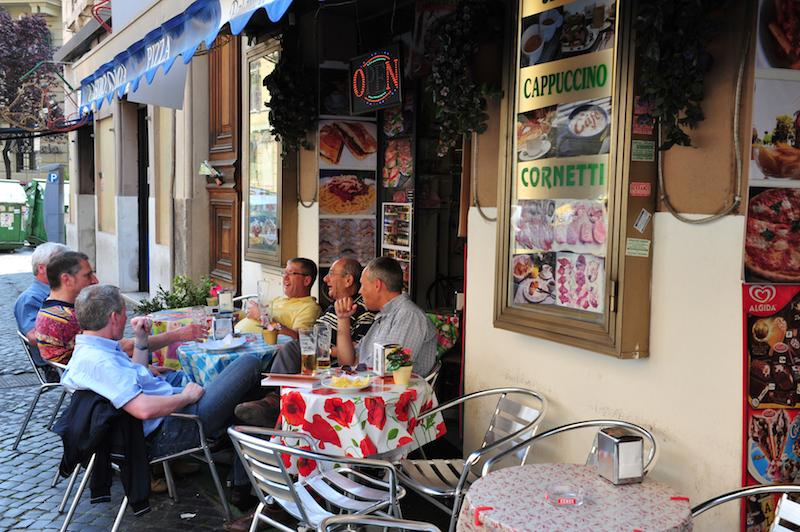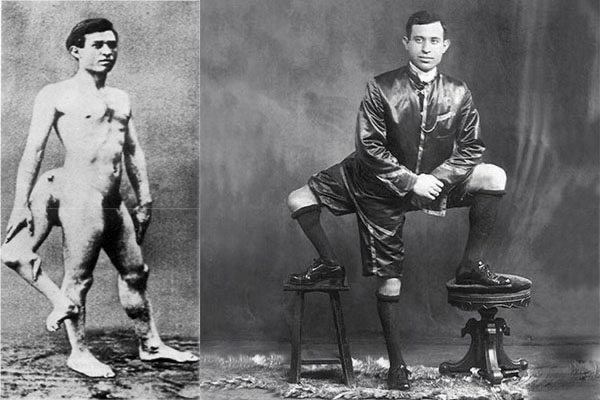Famous and appreciated all over the world, a number of popular Italian products are constantly at risk of being counterfeited, especially abroad. Many companies have tried, today as in the past, to imitate them: similar names are often used as a brand, in an attempt to confuse consumers and get them to buy a product which is far from being an original in taste, manufacturing standards and origin. If you want to be sure to get the real thing, then look for what is the true distinguishing mark of Italian authenticity, the renowned Made in Italy; far from being a simple label, it is guarantee that what you are buying is not forged.
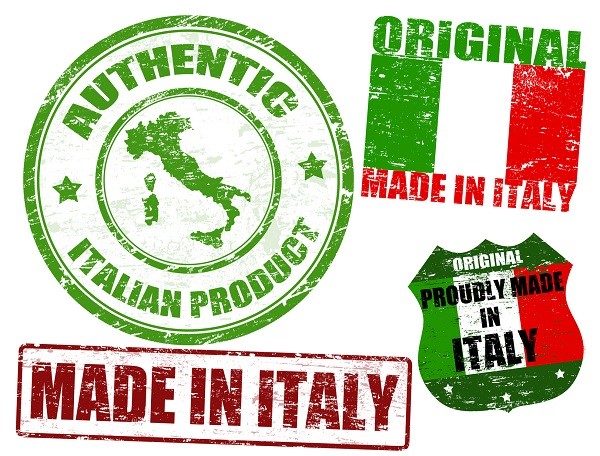 Made in Italy labels
Made in Italy labelsPh. depositphotos/raxanabalint
The point is: what is at highest risk of being imitated: food? Fashion items? Wines? Let us take a look at some of the most commonly forged Italian products all around the world.
Food
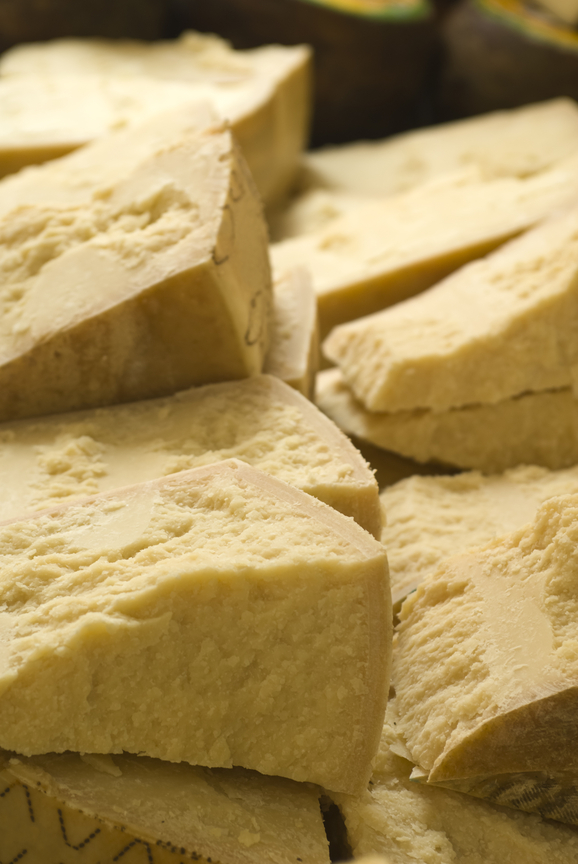 Parmigiano Reggiano: one of the most imitated Italian National products (by ulkan
Parmigiano Reggiano: one of the most imitated Italian National products (by ulkanat depositphotos.com)
As an Italian that lived abroad for numerous years, I can vouch for the fact that food is certainly the most imitated made in Italy of all. Sure, fashion is up there, a close number two, but counterfeited Italian food products are usually much easier to get, as they are available in every supermarket’s isle in in the world. This is simply falso cibo Italiano, fake Italian food, and is usually not even produced in Italy. Coldiretti, the Italian association of farmers and agriculture related activities, has stated that three out of four Italian products sold abroad are, in fact, counterfeited. The US is the number one country for sales of forged Italian DOC and DOP cheeses, with parmigiano reggiano topping the list as the most imitated of them all.
Parmesan, parmesao, parmesello, regianito are only some of the curious epythomes used to induce consumers to buy a cheese which is not original. These names sounds very strange and awkward to Italian ears, and should be a dead ringer for a fake product to each and every one of us. Olive oil is another ingredient often produced abroad and sold as made in Italy, just as DOC and DOP cold cuts are. Stir clear from canned pasta with sauce: that does not exist in Italy at all. The problem is that consumers can be easily deceived: fake names, yet similar to the original, the ubiquituous presence of the tricolor on the packaging and the fact that many have never truly tasted the real thing are all factors increasing the popularity of these low-quality, counterfeited products.
If you want to be sure to get bona fide Italian food products, always look for the made in Italy mark on the packaging, the possible DOC or DOP denomination (which should be mentioned clearly) and, wherever possible, go for a well known, trusted Italian brand. If you really want to make no mistakes, a quick google search should give you plenty of Italian brand names available in your area, to which you should stick, if you really want to eat proper Italian food.
Clothes
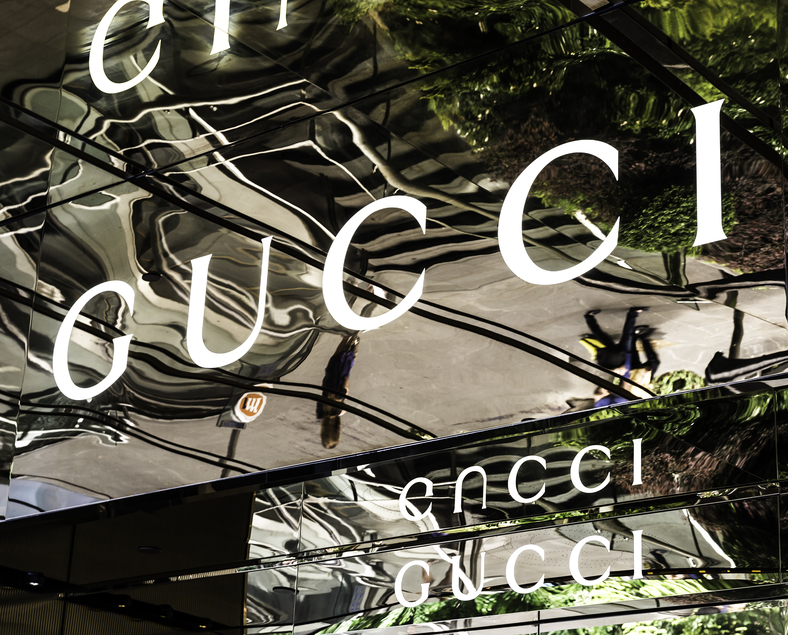 Gucci, one of the most forged Italian brands ( by filipefrazao at depositphotos.com)
Gucci, one of the most forged Italian brands ( by filipefrazao at depositphotos.com)
In spite of the high number of competitors in the field, Italian fashion designs are still among the most prestigious and sought after, because of their style, beauty and quality. When it comes to fashion, made in Italy is a true guarantee of textile excellence and care in the choice of the material used. However, the presence of a flourishing, parallel industry specialized in counterfeit goods have been keeping the industry under threat for decades. These imitations are often of poor quality and very easy to spot, however, some of them are decently made and harder to identify: sold at a fraction of the originals, there is no wonder that people are attracted to the idea of getting a status symbol at an affordable price. The point is that counteifeited fashion items are, in fact, illegally made and sold and their purchase, at least in Italy, is an actual crime.
Fashion fakes are extremely hard to spot, at times: if food forgeries are simple to spot because of their peculiar brand names, clothes and accessories are another pair of hands, especially when, as mentioned above, the quality of the fake is high. Here are some tips to follow, if you want to avoid getting a counterfeited piece.
- Italian regulations impose the presence on the label of information about the composition of the material
- The company trademark must be visible
- Look for tags written in Italian
- Textile fibers’ names must be written in full and not with abbreviations.
Truth is that many people are after the status symbol that a designer accessory or clothing item can bring. However, quality should be paramount and the original cannot be equalled by its cheaper versions.
Wines
Italian wine is often imitated abroad. From the usual fake bottles of Chianti, Montepulciano and Lambrusco, to websites selling wine-making kits involving the use of unspecified powders, made in Italy wines are always at risk of being counterfeited. Labels guaranteeing place of origin and specific provenance are a good system to identify an original Italian wine. DOC, DOP, DOGC are reliable tags guaranteeing the controlled, certified and often protected (the DOP label) denomination of the wine you are drinking, a certain sign of its provenance and authenticity.
Italian products are often subject to imitations, which may prevent people from experiencing the authentic taste of the made in Italy. This parallel market has been causing hassle both to the consumer, who is often duped into buying a low grade item, and to the Italian economy, which cannot cash on legit exports of the nation’s most sought after products. Labels are a good system to avoid fakes, so always read them carefully. And when it comes to food and wine, the taste of the real thing is absolutely uncomparable to the any cheap imitation foreign producers may try to throw at you passing it for real.
By Anna De Filippo, edited by Francesca Bezzone









